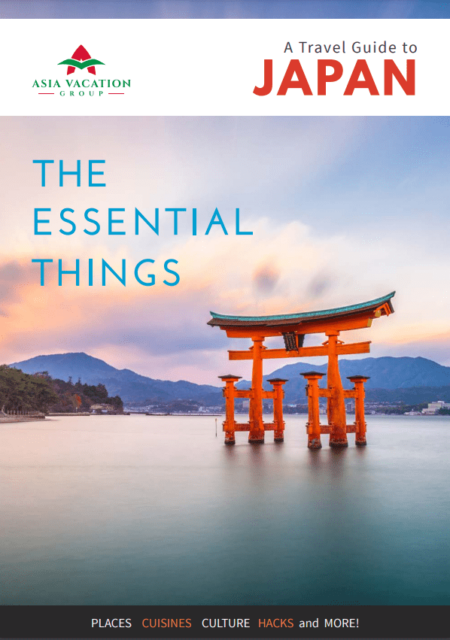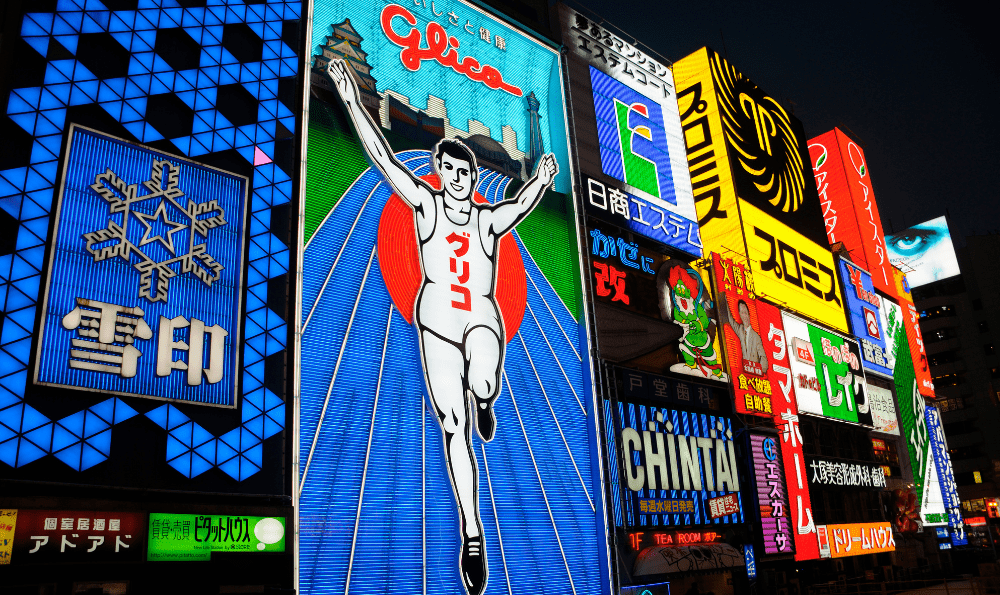Summer Foods in Japan: 10 Dishes and Drinks to Beat the Heat
Summers in Japan bring both the heat and humidity, but they are also full of fun experiences and activities. If you’re an outdoor enthusiast, summer is an ideal season to visit Japan. Another good reason to visit in the summer is the seasonal foods and drinks that are best or can only be enjoyed in the middle of the year. These 10 Japanese summer foods will help you stay cool all summer long!

Satisfy your cravings for food in Japan with our list of 10 must-try summer Japanese dishes.
Somen
Somen are less than 1.7mm thin noodles characterized by a light flavor. Once boiled, they’re put in ice water to cool down and served with a dipping sauce called “mentsuyu”. In summer, you’ll find a wide variety of somen on sale at the noodles corner of convenience stores. They are sold for as little as 400 JPY, so make sure to give them a try!

Nagashi somen, a fun dish where you have to catch your noodles as they flow down bamboo tubes.
Zaru Soba / Zaru Udon
You may be familiar with warm soba and udon. However, in summer, you don’t want to drink hot noodle soup. The zaru varieties solve this problem, as the noodles are served cold, accompanied by a cool dipping sauce. There are 2 kinds of Zaru: Zaru soba (with buckwheat noodles) and Zaru udon (with udon noodles). For the noodles to become chilled, they first cook them and then cool them off after which they are served over a bamboo mat. You can order zaru noodles all year round, but most people prefer to eat them during the summer as a nice and cooling lunch.

Zaru Soba (ざるそば) is cold buckwheat noodles with dipping sauce.

Zaru udon are usually paired with tempura or grated yam.
Kakigori (shaved ice)
No matter where you look, during the summer you can see the kanji character for ice (氷) everywhere in Japan. What the shops with this sign on display sell is kakigori, or shaved ice, a real favorite with the kids and many adults. Kakigori is a mound of shaved ice, drizzled with fruit syrups, condensed milk, or matcha. It comes in colorful different flavors such as strawberry, melon, and lemon are the most popular ones. You can get them from the ice cream corner for about 100 JPY. Or you also enjoy a luxury version which usually contains added extras such as red beans, condensed milk, and mochi.

Watermelon
Watermelon, or home-grown suika, is called “the king of summer fruits” in Japan. As the weather gets warmer, the fruit corner of any supermarket gets crowded with watermelons. It provides a huge intake of water, sugar, and minerals, so it’s also highly recommended to prevent heatstrokes.

A pack of watermelon for 1 person costs about 400 JPY.
An interesting tradition surrounding watermelons is the so-called ‘suikawari’ that tends to happen in places like beaches and parks. If you see a group of people going at a watermelon like it is a pinata. The point is to break your watermelon before your opponents do. After they are all broken, participants and judges enjoy a few nice pieces of watermelon.
Mizu Shingen Mochi Wagashi
One of the best traditional Japanese sweets is the clear jelly mizu shingen mochi, which looks like a big raindrop. This type of wagashi only appears during the warmest months, and they are a very refreshing sweet to enjoy on a hot day. These raindrop cakes are still relatively new, as they were developed in 2013 by a confectionary maker who wanted to make ‘edible water’, undoubtedly having been inspired by warm weather. It became a big hit, and now the special sweet makes a comeback every year.

Look for Mizu Shingen Mochi in expensive department stores or wagashi specialist stores.
Hiyashi Chuka
Hiyashi Chuka is what you get if you combine ramen with a salad. Ramen noodles are served with fresh vegetables, ham, and egg, then topped with a soy sauce and sesame dressing. This light dish is much easier to eat than a steaming bowl of ramen when it’s hot out but just as tasty!

The extremely smooth texture of the Hiyashi Chuka makes this perfect to beat the summer fatigue.
Reishabu
“Rei” means cold in Japanese, as this pork shabu shabu (hotpot) is served cold! It is made with boiled pork which has been given time to cool and uncooked vegetables like cucumber and onion. The slices of pork have already been cooked and cooled down and are usually served on top of a simple salad of lettuce and tomatoes. The dish is either topped with a salty dressing or served with a dipping sauce.

Rei shabu is an easy, healthy, and refreshing meal, perfect for a summer‘s lunch.
Hiyayakko
Hiyayakko is a simple, healthy side dish that many Japanese people love to enjoy during the summer. You just simply add toppings to a block of chilled tofu. Popular toppings include ginger, wasabi, soy sauce, perilla leaf (shiso), pickled plum (umeboshi), and yuzu, although there are many more possibilities.

Hiyayakko makes for an easy and filling summer snack.
Unagi
Unagi (freshwater eel) is a great food to boost your energy while you’re in Japan during the summer. While it is by no means a cheap dish, many people want to enjoy unagi at least once per year because it is so delicious. Charcoal-grilled unagi is placed on top of rice and dressed with a sweet and salty sauce to create a truly delicious must-eat dish. Unagi is rich in vitamins, minerals, and other nutrients, so it’s perfect for nourishing your fatigued body! Just the smell of scorched eel will immediately whet your appetite.

Visit to Tokyo in our 12 Day Wonderful Japan to enjoy delicious unagi.
Ayu
If you’ve ever seen Japanese festival food stalls, you’ve probably seen the whole fish on sticks. Ayu, or sweetfish, are associated with summer in Japan because the fish are only in season from June to August. They are prepared simply on a grill with a bit of salt for extra taste and are a popular snack for young and old. As far as snacks go, ayu is one of the healthiest nibbles you can get as they are chock full of healthy nutrients.

A roasted ayu is a great snack to enjoy while you stroll around a festival’s stalls
Conclusion
Japan has a thousand-year tradition of summer foods designed to be as refreshing as possible. These above foods are what the Japanese eat when the weather is hot! If you visit Japan in the summer, be sure to try them all!
Recommended article: Japanese language: 20 most important expressions when traveling











































 planning
planning